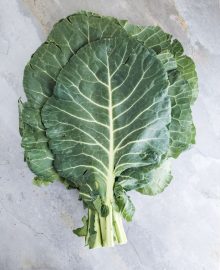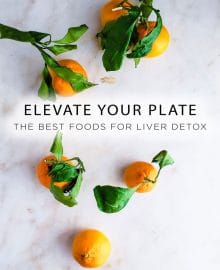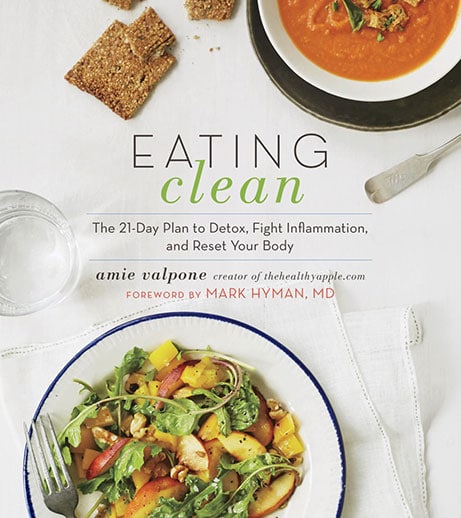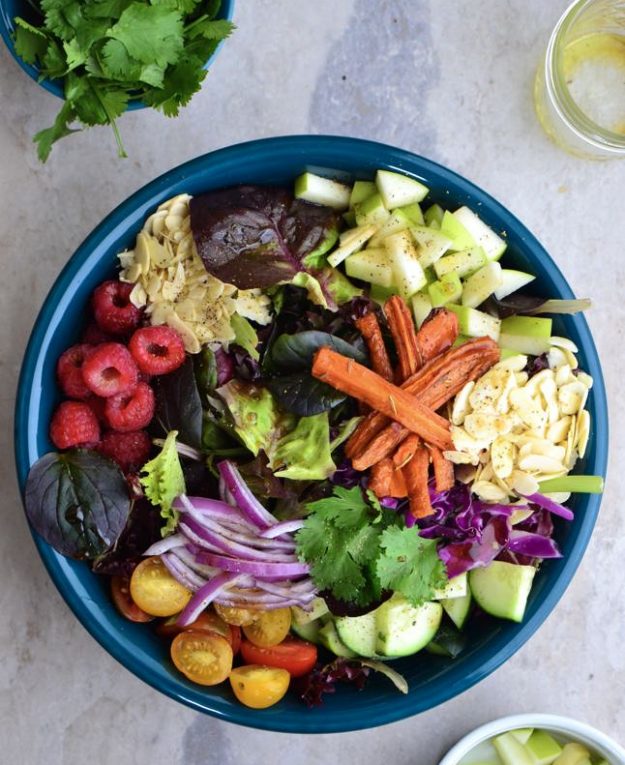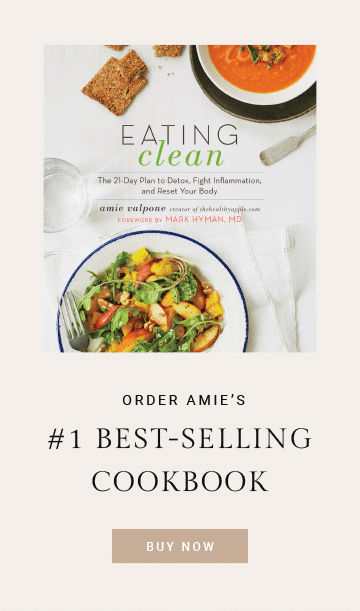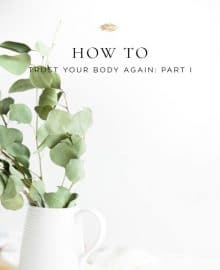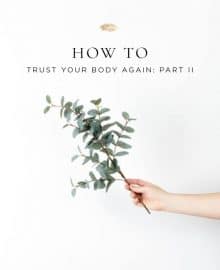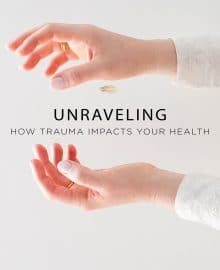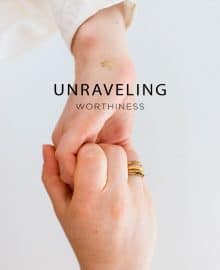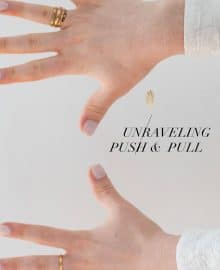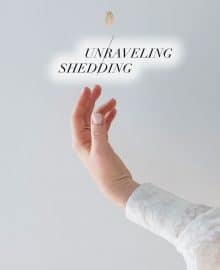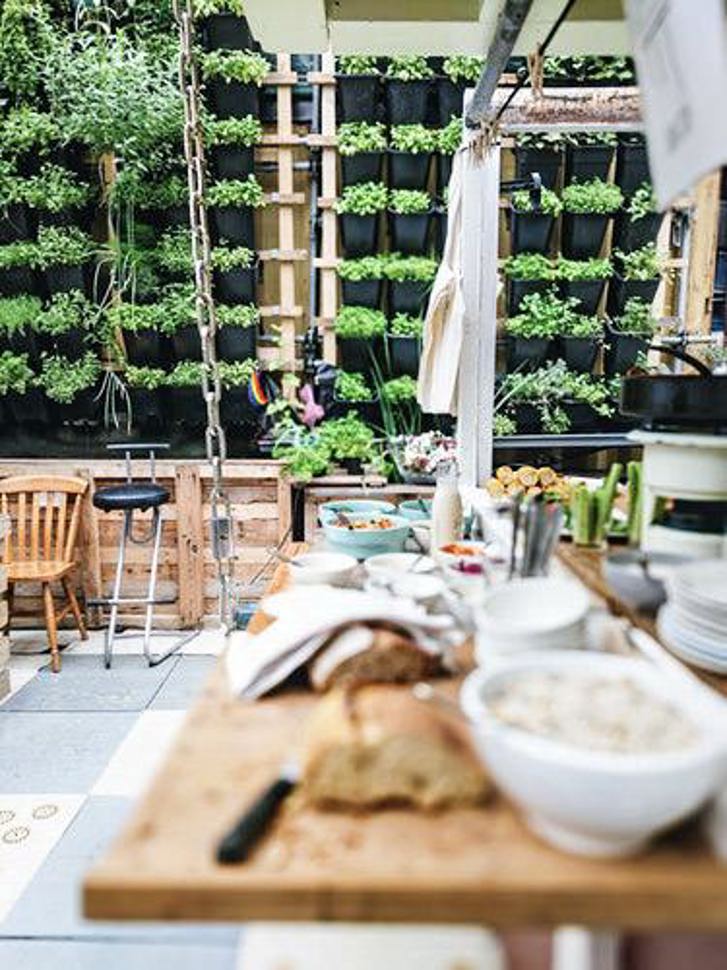
Let’s talk about what’s stocked in my cozy Manhattan kitchen. When it comes to roasting, sauteing, poaching and steaming I’m all about using non-toxic kitchen staples. The kitchen in my new home is quite a cozy spot where I spend a heck of a lot of time testing recipes and I’ve really grown to love how relaxing it can be to make a meal, light a candle, turn on some of my favorite relaxing music and cook the night away.
I’ve found a few of my favorite kitchen staples the last few years from trial and error of using new pots and pans and every kind of kitchen product possible while testing recipes for my cookbook, Eating Clean, and while I was at it, I learned a few tips and tricks that I thought I’d share with you to help make your kitchen nice and cozy, too.
Scroll down to my favorite products and click on the images for more information. These are ALL of the products I use weekly in my kitchen.
BASIC KITCHEN TIPS
COOKWARE //
When looking for quality cookware, I suggest staying away from non-stick and aluminum pans and opt for stainless steel, cast iron, glass, and lead-free ceramic products instead. Most people don’t realize that the substances found in non-stick surfaces can lead to many health issues (hormonal imbalances, in particular, ladies!). You can find toxins in everything from stain-resistant products to pizza boxes to other plasticware so I suggest you shop wisely for what you’re using daily because it will end up in your body! My Tip: Steer clear of non-stick everything.
LEFTOVERS + GLASS CONTAINERS //
I’m a leftover kinda-gal. I really love having leftovers in my fridge for one day (no more than that because then they get all mushy!). I always use glass containers such as the weck jars down below, which I love to use for everything from sauces to soups. I avoid plastic at all cost because I’ve been working hard to balance my hormones for over a decade and I don’t need any toxins coming into my body disrupting my endocrine system. My favorite glass mixing bowls and glass storage containers are also below! My Tip: Reach for glass over plastic.
BAKING POWDER + OTHER STAPLES //
This doesn’t have anything to do with cookware per se but it does have to do with quality ingredients. I cannot stress enough how important it is to read your labels and make sure you’re wise about what’s going into your food. One item I use in baking is baking powder and most baking powder is loaded with aluminum in it. My Tip: Make sure your baking powder is aluminum-free. Here is the one by Bob’s Red Mill that I use.
NON-ANTIBACTERIAL //
I suggest being cautious of the antibacterial chemical triclosan that can be found in plastic food containers, sponges, dish towels, hand soap, and many cutting boards. Yes, you heard me: cutting boards! This chemical toxin can have a long list of potential health effects such as liver toxicity and hormone disruption, both of which I have dealt with personally and are not fun to heal. My Tip: Stay away from non-antibacterial. It sounds too good to be true and those products are not healthy!
GLAZED POTTERY + HEAVY METALS //
Lead can be found in glazes on ceramics and pottery. Unfortunately, lots of antique dinnerware, such as glazed terra cotta, should also be avoided when you’re eating. I suggest you use these items for decorating purposes only so that the toxicity from the glazes and antique elements do not get into your body because let me tell you from my experience they are NOT easy to get out and require a full-blown heavy metal detox and much more. My Tip: Stick to using glassware (see below for my favorites) or stainless steel or ceramics that do not contain lead. Call the company to ask what ingredients are used if you’re concerned.
CUTTING BOARDS //
Plastic cutting boards leach into your food so I highly suggest you remove them from your kitchen at all cost! There is a lovely set of wooden cutting boards below that I love. I have a few different varieties but these are lovely for cooking a large meal. I also have a small marble board that I use below for entertaining. Anything without plastic is my go-to. My Tip: Look for safe options like sustainably harvested bamboo cutting boards.
BASIC REFRIGERATOR TIPS
HOW TO PACK IT //
Never overpack your fridge. I learned this the hard way! This overworks your fridge and freezer and uses way more energy than you need to. My Tip: Less is more! Organize your fridge and your food shopping to be 2x a week so that you can leave space for everything to breathe.
WATCH WHAT’S ON THE DOOR //
The door is the warmest part of your fridge. Store condiments and sauces here. I do not recommend storing perishable items on the door. My Tip: Use the weck glass jars below and store your jams and jelly and almond butter on your door. Try storing nuts and seeds there, too, for easy access!
THE TOP + BOTTOM //
The bottom area of your fridge is the coldest so keep your fresh veggies at the bottom whether you have bins or an open area – it’s prime real estate for any organic animal protein such as chicken, fresh herbs and veggies. Keep ready-to-eat foods such as fresh fruits at the top for easy access. My Tip: Use the glass storage containers below to store your favorite sliced fruits and veggies to keep in the top and bottom areas of your fridge.
SHOP our KITCHEN
(use the gray arrow to the right to see a few more of our products from our kitchen)
TheHealthyApple.com participates in various affiliate marketing programs, which means we may get paid commissions on editorially chosen products purchased through our links to retailer sites.



